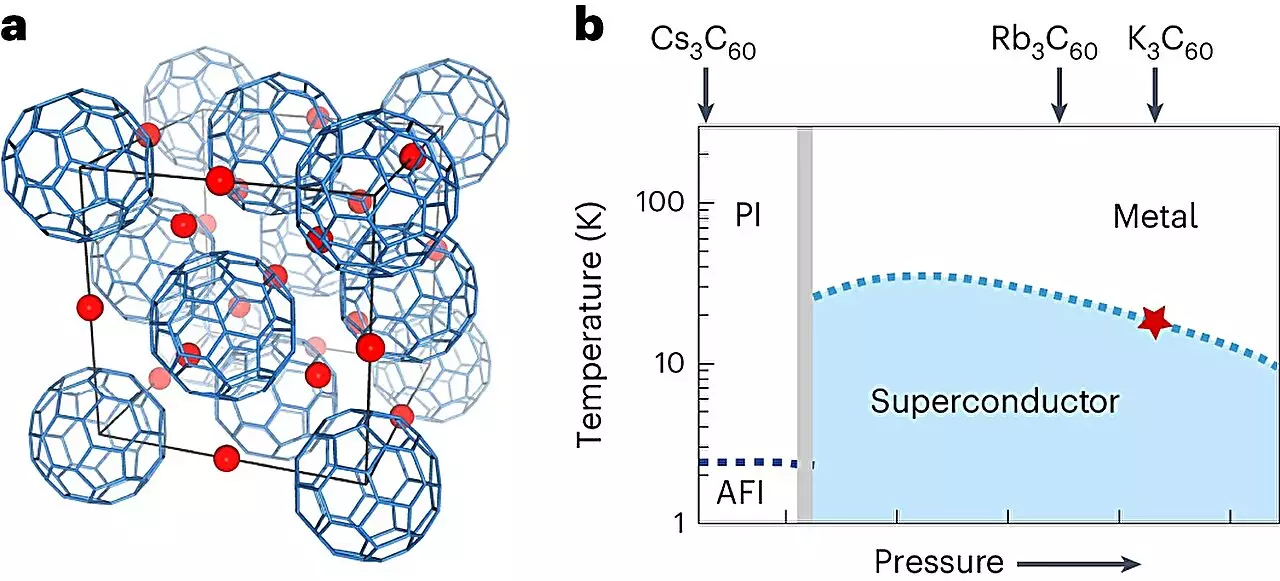Researchers at the Max Planck Institute for the Structure and Dynamics of Matter (MPSD) in Hamburg, Germany, have been conducting in-depth investigations into the use of tailored laser drives to manipulate quantum materials. They have particularly focused on unconventional superconductors and their response to non-equilibrium states. Until recently, the complexity of the experiments has limited the systematic study and optimization of these phenomena, hindering technological applications. However, a recent breakthrough by the Cavalleri group at MPSD has paved the way for a more efficient method of inducing a metastable superconducting-like state in K₃C₆₀ using laser light.
In their experiment, the researchers successfully recreated a long-lived superconducting-like state in the fullerene-based material by tuning the laser light to a specific low frequency resonance of 10 THz. This lower frequency, compared to previous attempts, allowed them to reduce the pulse intensity by a factor of 100 while still achieving the desired effect. Remarkably, the induced state persisted at room temperature for 100 picoseconds and is predicted to have a lifetime of at least 0.5 nanoseconds. This discovery is significant as it opens up new possibilities for the practical application of photo-induced superconductivity.
The identification of the resonance frequency holds great importance in understanding the underlying microscopic mechanism in photo-induced superconductivity. Currently, there is no widely accepted theoretical explanation for this effect in K₃C₆₀. Edward Rowe, a Ph.D. student in the Cavalleri group and the lead author of the study, emphasizes that this resonance frequency discovery will provide valuable insights into the crucial excitations that contribute to the observed phenomena. With a deeper understanding of these mechanisms, researchers can explore further enhancements to sustain the superconducting-like state for longer durations.
The impressive progress made by the Cavalleri group exemplifies how advancements in technology can bridge the gap between theoretical concepts and practical applications. By using a light source with a higher repetition rate tuned to the 10 THz frequency, it may be possible to continuously sustain the metastable state. This concept opens up possibilities for the development of future technologies that rely on controlled quantum phenomena. MPSD Director Andrea Cavalleri highlights the importance of this work in demonstrating the applicability of previously elusive phenomena and the convergence of two decades of research efforts towards future advancements.
The recent breakthrough in inducing a metastable superconducting-like state in K₃C₆₀ using laser light brings researchers closer to realizing the potential of quantum materials manipulation. By utilizing lower frequency resonance and reducing pulse intensity, the Cavalleri group has demonstrated the persistence of the induced state at higher temperatures, thereby enhancing the viability of practical applications. Furthermore, the discovery of the resonance frequency provides valuable insights for theoretical understandings of the underlying mechanisms in photo-induced superconductivity. This breakthrough paves the way for sustained superconducting-like states and future technologies that rely on controlled quantum phenomena.



Leave a Reply